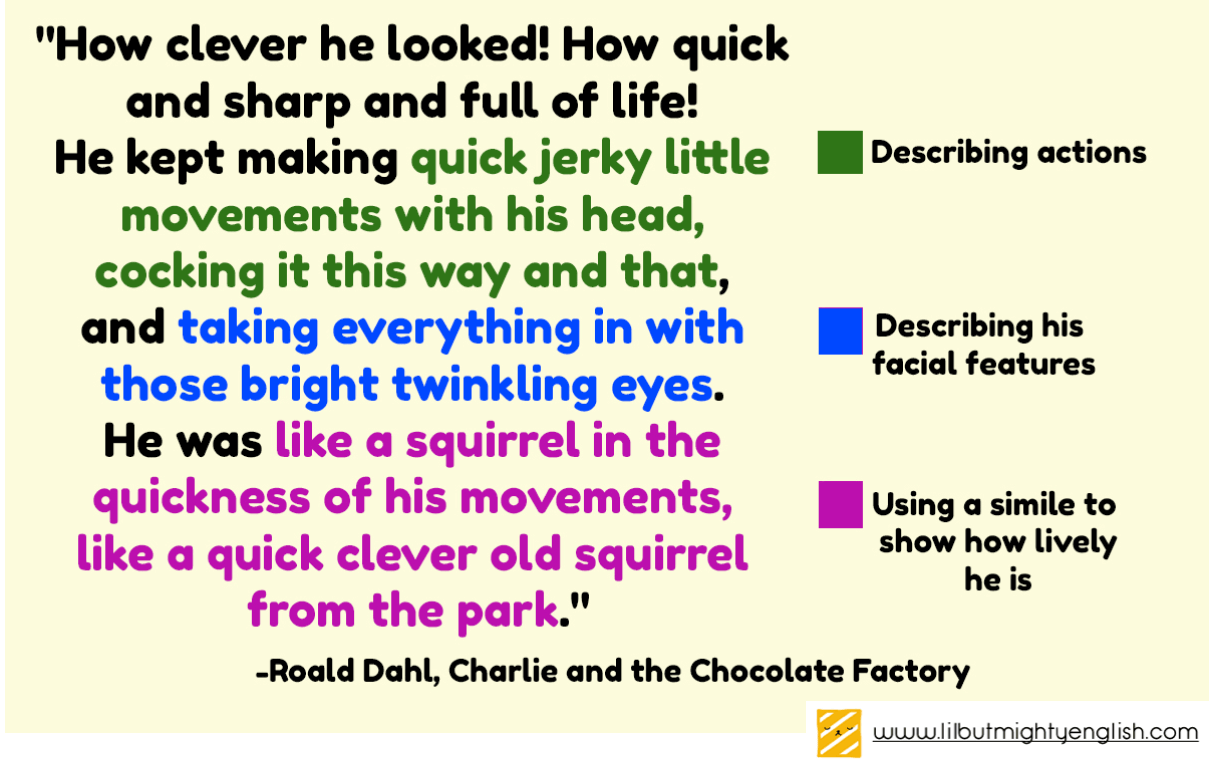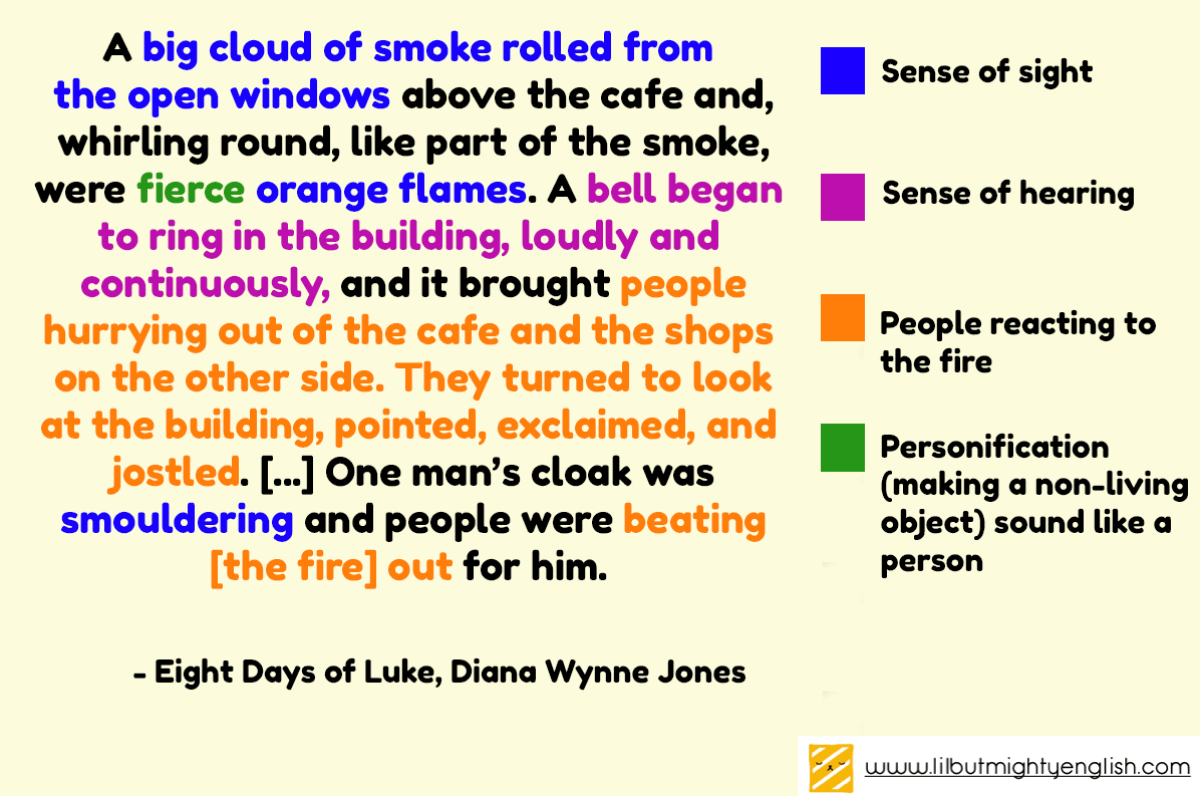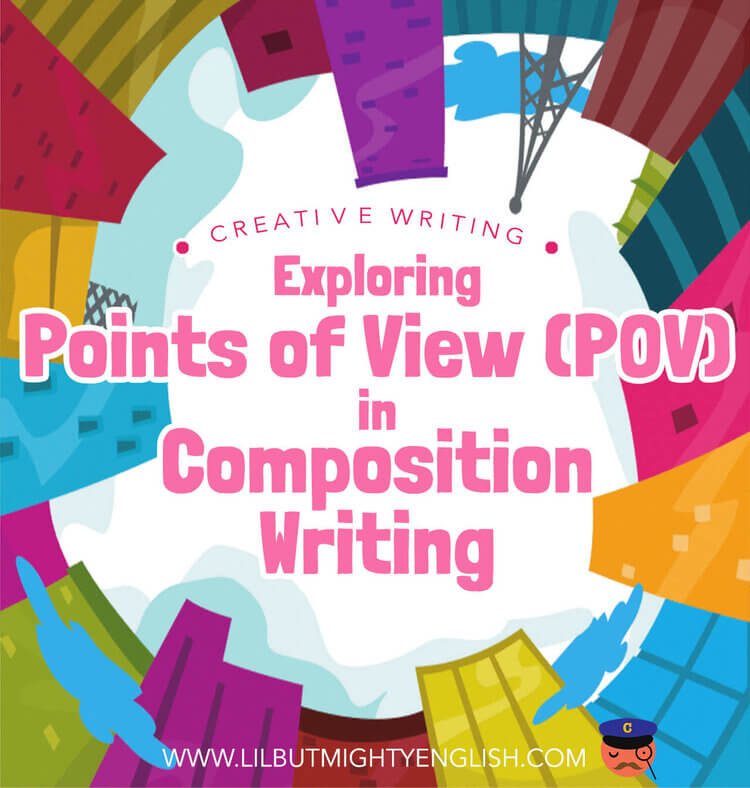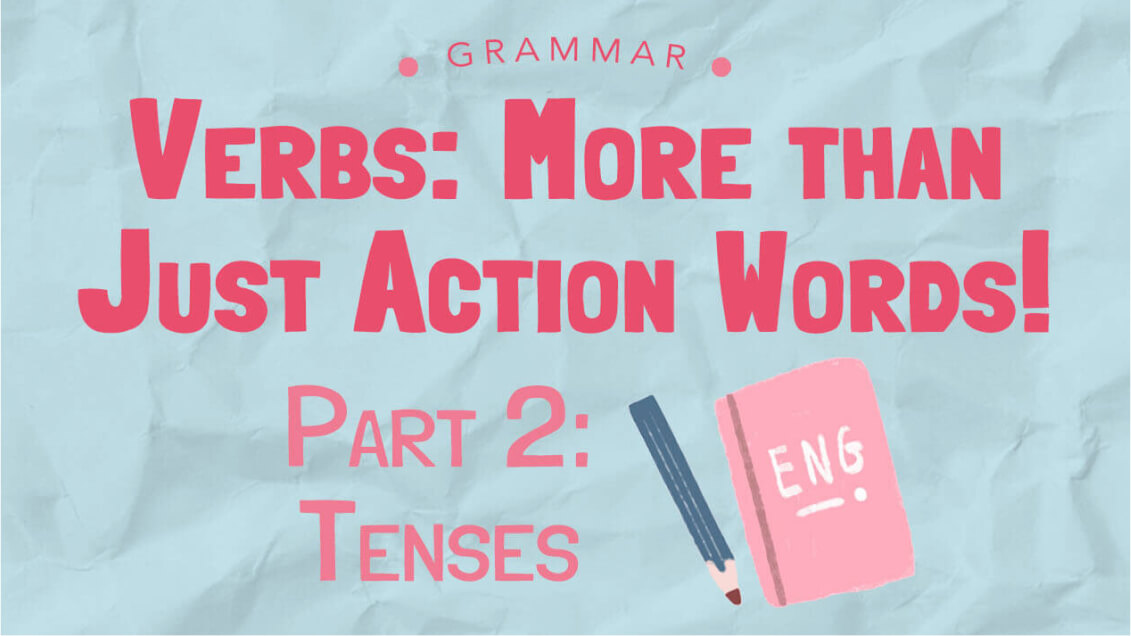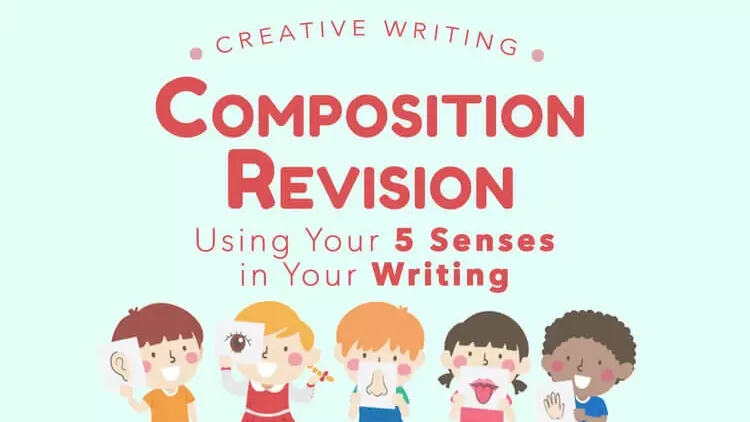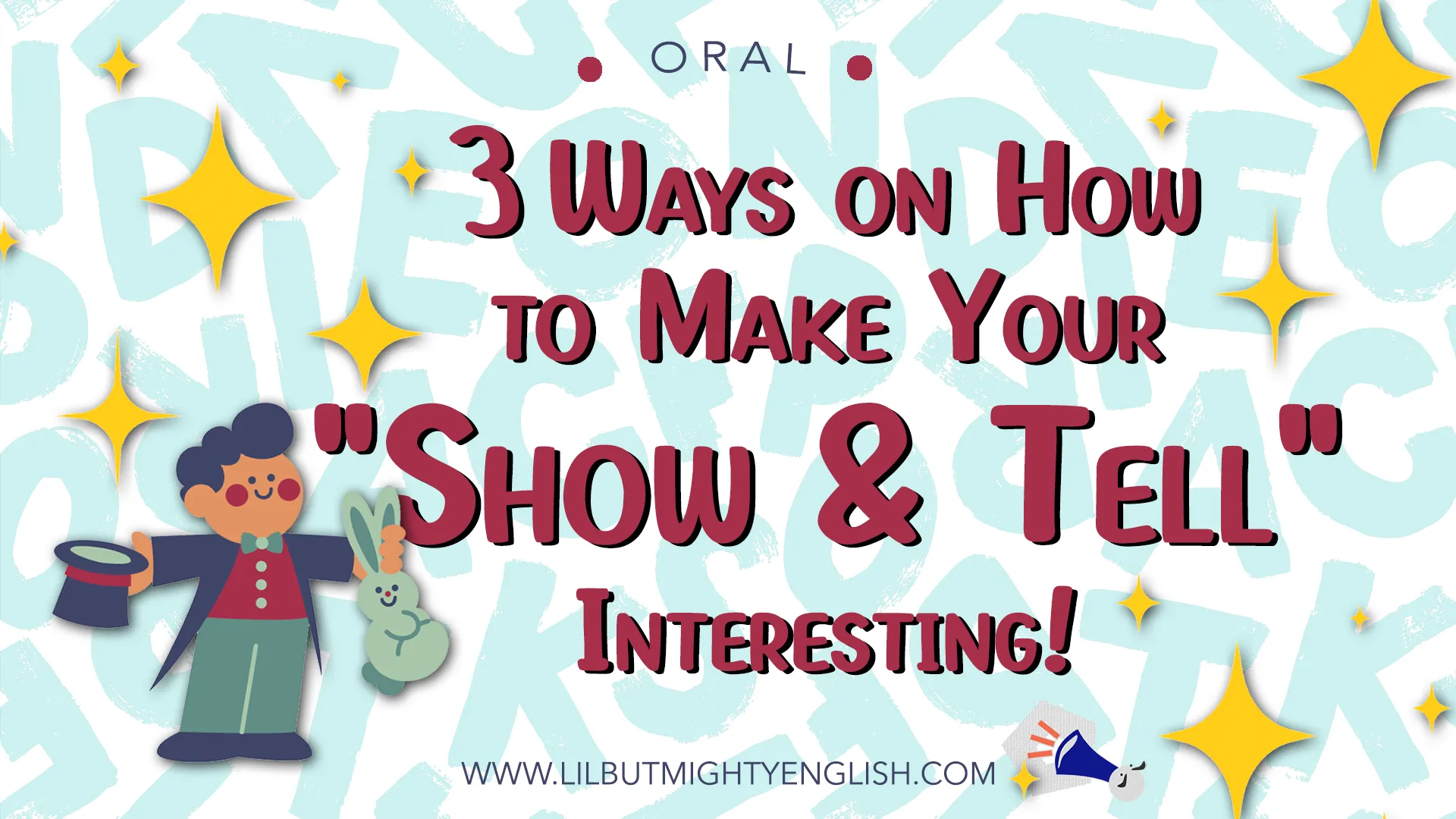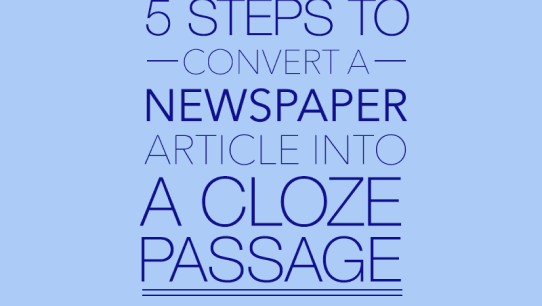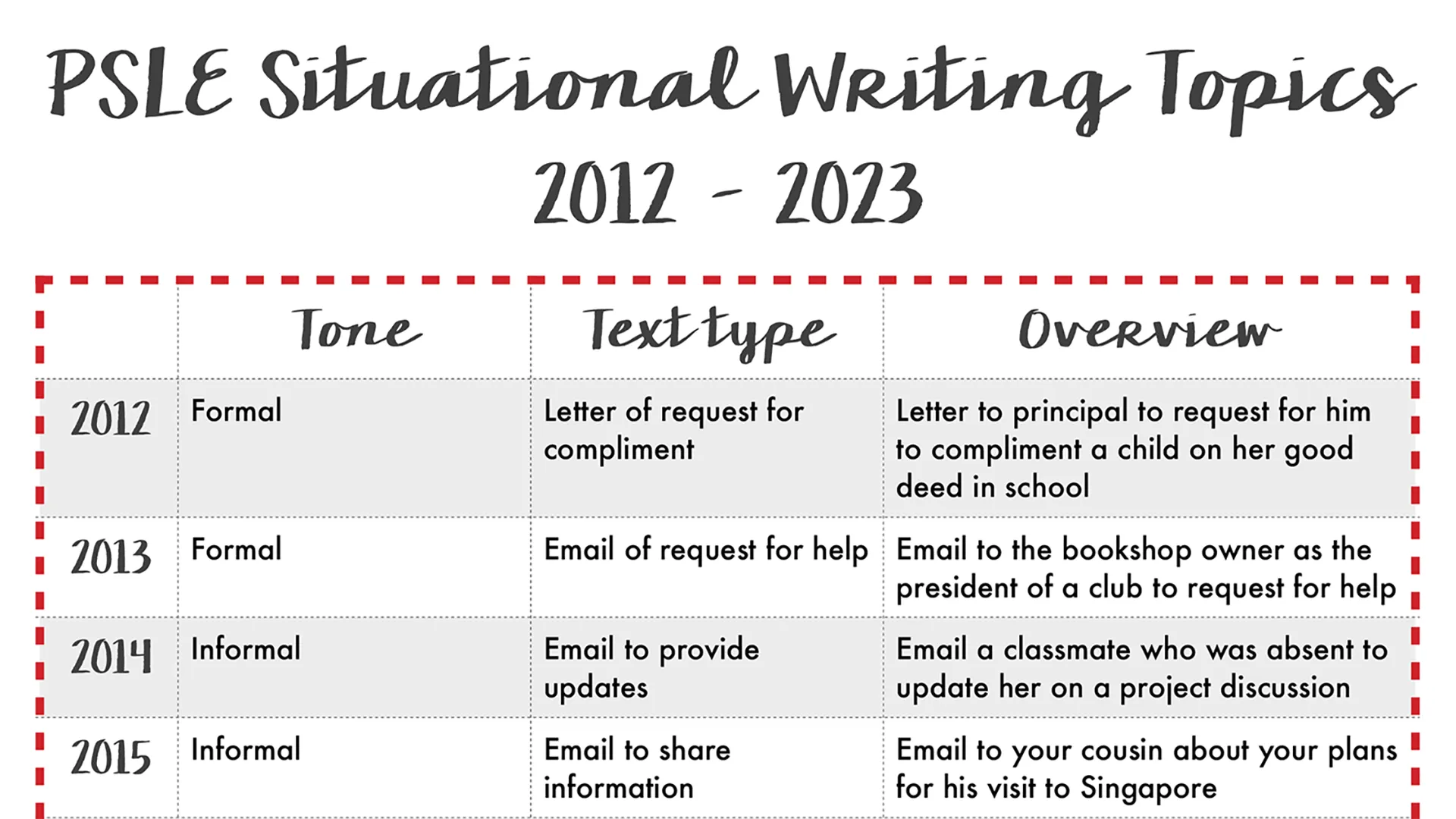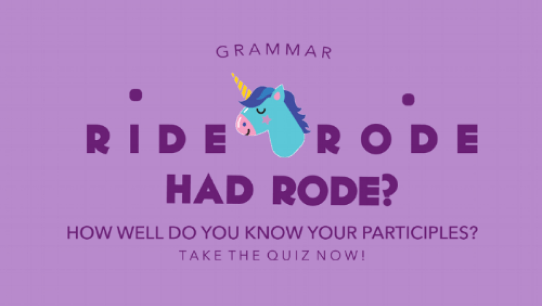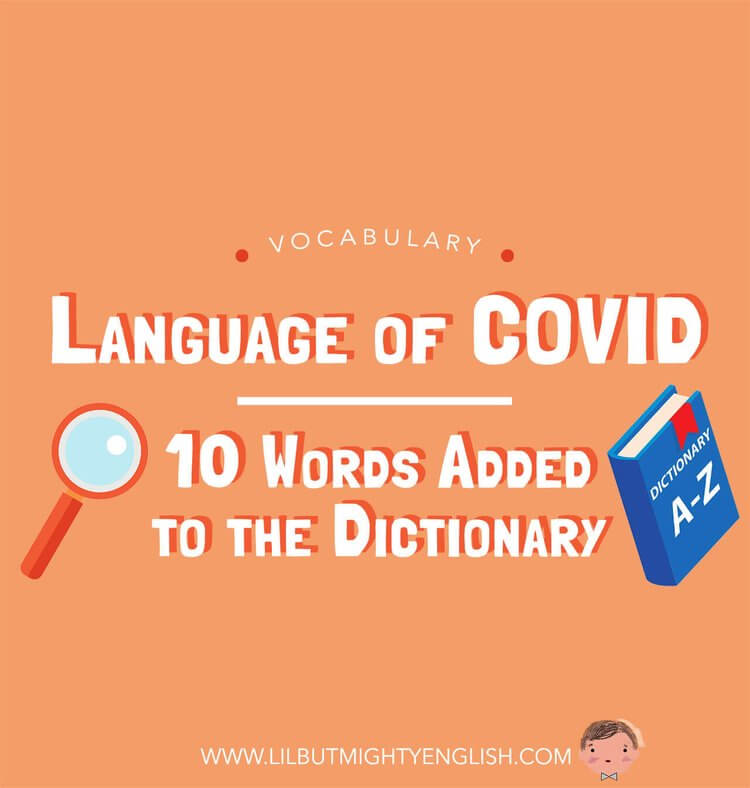
3 Composition Techniques You Can Reap From Reading
- Posted By blog-user
- 12/21/2021
“My child doesn’t read properly! He reads a lot but I don’t see his writing improving!” I get a lot of feedback like this from concerned parents. While it is great that children are hooked to a story and eager to complete the book as soon as possible, I am sure parents will agree that it would also be helpful to get them to be more deliberate in slowing down and picking out the composition techniques employed by the authors.
Before a child can do that, he or she needs to be aware of what some of these composition techniques and skills that they can learn from reading books are. At the most basic level, a child can record an unfamiliar word and find out about its meaning and usage. However, to reap more benefit from the language used, it will be even better to examine the way the author had chosen to put the words and phrases together to achieve a certain goal, for instance in describing a setting.
This is not an easy task and as parents, if you are aware of these skills, it will be good to support your child in kick-starting this at least, in the beginning. When you see your child reading, it would be good to check out what he or she is reading and then, if you can, point out the skills he or she can pick up.
Clueless as to what she or he should be looking for? Using examples that can be found in library books, here are three essential writing skills that your child can be deliberate in looking out for while reading:
1. Describing a Scene Using the Five Senses
Pick up this great read from the Book Depository now!
In this book, Wynne Jones uses at least two out of the five senses to describe a fire coming from the nearby building(Learn more about five senses descriptions in introduction here!). Notice how she pairs her descriptions with actions. She uses the adjective, ‘big”, to show that the clouds “rolled” out of the windows. Moreover, she took into account the sound a fire alarm would make and describes it with the words highlighted in pink. This is definitely a technique that children should employ in their writing to help readers have a more vivid picture of each scene.
She also personified the flames, which is something that students should push themselves to do as it makes the scene come to life. What also struck me was the reactions of the passers-by, which I highlighted in another colour, as students often forget to detail who had witnessed the incident.
Moreover, writing about a fire is a common examination topic, so if one comes across a passage like this, it’s a gem and the student should take note as to how the writer describes the fire. Other common examination topics may be accidents, injury, an animal attack etc.
2. Building Character
Pick up this great read from the Book Depository now!
Characterisation is important in all compositions, especially if the character is a personality trait that affects the climax and outcome of the story e.g. arrogant and needs to learn a lesson. In this case, Dahl has, in a few sentences, shown how excitable Willy Wonka is. This uses two of the techniques we teach in our strategy, called “TAMED”. The “A”, means actions, and the “M”, means moustache, which is to remind the student to describe facial features. Both of these techniques are used. Take note of the use of adjectives, like “bright” and “twinkling”.
In addition, we spot the use of figurative language. What’s also striking is Dahl’s simile, which compares Wonka’s quick movements to a squirrel. Put all of these techniques together and you can imagine, in your mind’s eye, how Willy Wonka moved quickly, coming to life on the page. (Learn more about other figurative language that you can take note of here.)
3. Show Not Tell (Feelings)
Pick up this great read from the Book Depository now!
In The Map to Everywhere, we see the technique we teach come into play. The writers use a “power-up word”, “stunned” instead of “shocked”, and continue to describe how the character felt on the inside and show her actions on the outside. In this, we get a more detailed description, instead of the writer merely writing, “Marrill was scared”. After all, one would be scared if one saw a Kraken! (Understand more about this technique here!)
Although this seems like a lot of work, we don’t expect students to highlight all the skills in the entire book lest it take the joy from reading. It’s a good habit to flip to a page once in a while, or even just to look at one paragraph to pick up one skill. You can photocopy part of a page or a paragraph and get your child to colour code it as shown above. Get him or her to use their favourite colours so that they will be excited about writing and acquiring the skills.
What about you? What are some of your favourite books, and what techniques have you learnt from them?
Let us know in the comments!

Ms. Xie
Ms. Xie is an English Teacher at Lil’ but Mighty. Her best subject has always been English and she’s been writing ever since she could hold a pen. Her first book, Dragonhearted, was shortlisted for the Scholastic Asian Book Award in 2014 and published in 2016. It was also shortlisted for the Singapore Book Awards in 2017. She also likes hugging fat cats. The fatter they are, the better.
Other related posts
10 Beautiful Vivid Verbs to Boost Your Writing and Oral! | Primary School English
- Creative Writing & Compo, Oral
3 Family-Friendly Shows on Netflix (Educational & Entertaining)!
- English in the real world
10 Beautiful Words You Can Use in Narrative / Descriptive Writing | Secondary School
- Secondary School English
Understanding Purpose-Related Questions in Visual Text Comprehension
- Visual Text Comprehension
How Playing Video Games Can Improve Our English (With Practical Tips for Parents!)
- English in the real world
2021 Mother’s Day Contest Winners + Our Founder’s Journey (Mother’s Day Special)!
- Company News
Let Your “Show & Tell” Stand Out! – 3 Ways on How to Make Your “Show and Tell” Interesting
- Lower Primary, Oral
PSLE ORAL | Compiled Prelim 2021 Oral Topics + Questions!
- Free Downloads, Oral
5 Steps to Convert a Newspaper Article into a Cloze Passage
- Cloze Passage and Editing, Free Downloads, Primary School English
PSLE English | Oral Conversation: Free SG50 Sample Practice + Model Answers
- Free Downloads, Oral, Primary School English
PSLE English | Oral Conversation: Filling your Story with Details Easily + Free Revision Cards
- Free Downloads, Oral, Primary School English
PSLE English | Situational Writing: Q&A + Formal vs Informal Writing Comparison Chart
- Free Downloads, Primary School English, Situational Writing
PSLE English Tips | Oral: Stimulus-Based Conversation Checklist
- Free Downloads, Oral, Primary School English
A Little Encouragement | DIY Motivational Bookmark (Easy to personalise too!)
- English in the real world, Free Downloads, Reading
Situational Writing: Step-by-Step Guide + Free Revision Card
- Free Downloads, Primary School English, Situational Writing
I Love Reading | 5 Ways to Motivate Reluctant Readers
- English in the real world, Free Downloads
PSLE English | Printable Ultimate Grammar & Synthesis Summary
- Free Downloads, Grammar, Sentence Synthesis
How Well Do You Know Your Past Participles?
- Free Downloads, Grammar
Primary Composition Writing | Starting Sentences with Introductory Clauses
- Creative Writing & Compo, Free Downloads
The Sentence Train | Lower Primary English
- Free Downloads, Grammar
PSLE English Tips | Oral: Reading Checklist
- Free Downloads, Oral, Primary School English
Language of COVID | 10 Words Added to the Dictionary
- English in the real world, Vocabulary
Expressing Character Feelings Too! | Using Show-Not-Tell (Part 2)
- Creative Writing & Compo
Which Picture Should I Use? | Choosing the Best Picture to Use for Composition!
- Creative Writing & Compo
Like what you are reading?
Subscribe now to receive news and tips hot off the press!

